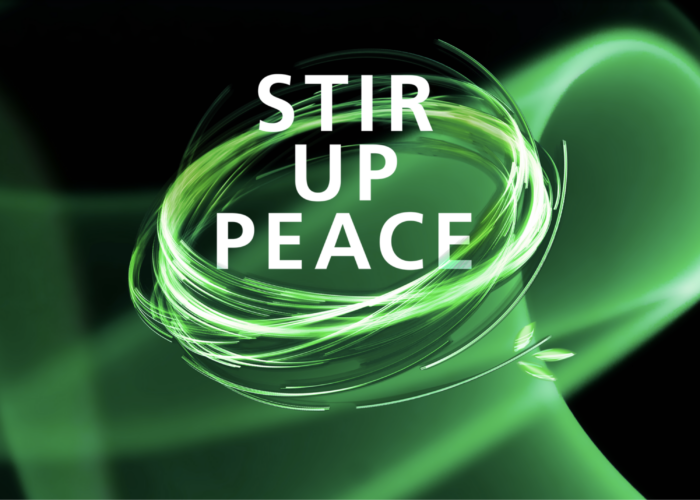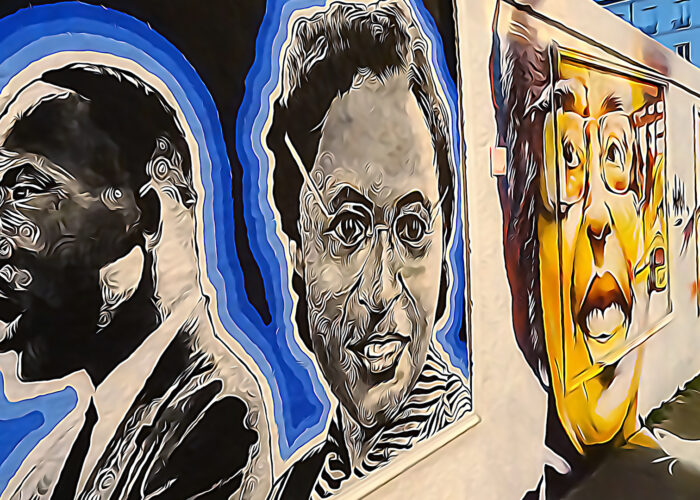Episode 8: Confronting conflict
Study guide
Focus statement/synopsis:
As we work for peace, conflicts are inevitable. Nonviolence is not a way of avoiding conflict, but boldly confronting it with love.
Jesus commanded his followers to love their enemies (Matthew 5:44). He knew we would have enemies, or people who oppose our work for peace. When we confront those with whom we are in opposition, the intervention will cause conflict. It’s not just people you will come into conflict with; systems, structures and institutions that cause harm become our opponents too.
But participating in conflict through nonviolent direct action is different from violent conflict. Violence seeks to eliminate opponents who can’t be won over. Christian nonviolence teaches us to see every person as made in the image of God. We believe in the possibility of change and repentance for all, including ourselves.
Scripture:
Read Ephesians 6:10-18.
Opening ritual:
Focus on one spark of hope you saw this week. When your mind wanders, return to the hope.
Group discussion.
In all aspects of life, there are moments of conflict. Challenging institutions and structures that cause harm is no different. Instead of being conflict avoidant in the face of injustice, nonviolent direct action offers the armor to engage in conflicts. It provides a way to show dissatisfaction and demand change, without trying to destroy the other.
As nonviolence practitioners, we hold that each person has a piece of the truth and the right to live, so we refuse to kill or eliminate anyone because of our certainty in our just cause. Nonviolence holds open the possibility for our opponent, or even us, to repent. With the humility to act in a way that allows us to repent if we are wrong, we can act boldly and without trepidation! And we’ll need that boldness.
Activity:
This activity is from the SNAP guide and traces Women’s Mass Action for Peace in Liberia through the Adam Curl Diagram (SNAP guide pages 41 and 42).
Set Up:
- Copy the chart below, using a larger font for groups of more than six.
- Cut apart the different stages of the Liberia story.
- Use string or strips of tape on the floor, table or wall to create the power and awareness lines in the diagram.
How it’s done:
1. Give one piece of the story to each person or subgroup in the training session.
2. For the facilitator: Color code or note on each paper where you think each piece belongs in
the diagram in a non-obvious way, so you can rearrange later if needed.
3. Ask each person or subgroup to place their piece of the story on the diagram to sequence
the story as they think it might have happened.
4. Compare the sequence to what actually happened.
Women’s mass action for peace in Liberia
|
Representatives of Women’s Mass Action for Peace meet with Liberian president Charles Taylor and pressure him to join peace talks in Ghana.
|
Muslim and Christian women take off their jewelry, dress in plain white clothes, and demonstrate in the streets of the capital city Monrovia. |
|
Liberian president Charles Taylor resigns, and the peace process sets a timetable for free democratic elections. |
Liberian women hold a sit-in to surround the peace talks between the rebels and the government. |
|
Liberian women use a sex strike to pressure their partners to support peace. |
Liberian women hold a candlelight vigil in Monrovia. |
|
Liberian women register people, especially women and young people, to vote throughout Liberia. |
Muslim and Christian women decide to work together for peace, despite a history of interreligious tension. |
|
Community organizers in Liberia go door-to-door recruiting women to join a group that would come to be known as Women’s Mass Action for Peace. |
When police come to arrest the women blocking the doors to the negotiations in Ghana, Liberian women’s leader Leymah Gbowee threatens to remove her clothing, an act that would bring shame to the men involved. |
|
Liberians elect the first female president in Africa. |
The rebels and the government negotiate a ceasefire in Ghana. |
|
Liberians elect the first female president in Africa |
|
Answers
1. Community organizers in Liberia go door-to door recruiting women to join a group that would come to be known as Women’s Mass Action for Peace.



